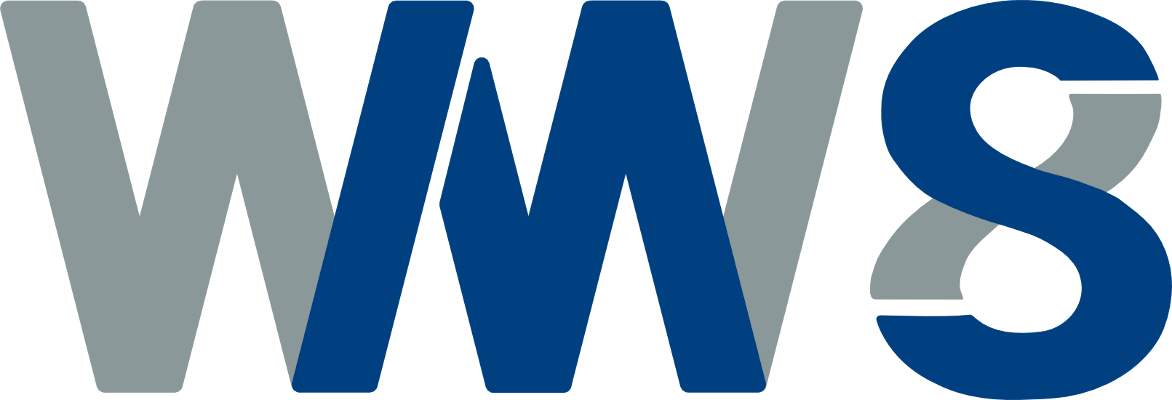
Institute of Materials Simulation
Website of the Institute of Materials Simulation
Wednesday, 20.06.2018, 17:00
WW8, Room 2.018-2, Dr.-Mack-Str. 77, Fürth
Computational models based on the phase-field method have become an indispensable tool for modeling the microstructural evolution in material science and physics. The combination of phase-field modeling with multiphysics applications such as heat and mass transfer, continuum mechanics, fluid flow, micromagnetism and electrochemistry has been achieved. The models typically operate on a mesoscopic length scale and provide valuable information about structural changes in materials through describing the interface motion. The specific parametrization method of the model complicates to satisfy the jump conditions and the formulation of the driving forces at the interfaces, since the sharp interface is stretched over a volumetric region. In this talk, we present methods for stress calculations within the phase-field framework for infinitesimal and for finite deformations, which satisfy the mechanical jump conditions corresponding to sharp interfaces, although the sharp interface is represented as a volumetric region using the phase-field approach. The models allow to calculate phase inherent stresses and deformations even in regions where many phases coexist. Since the phase inherent variables are known, appropriate methods can be used for the calculation of the internal variables in the bulk regions. This method is extended for applications in multiphase systems and applied to the martensitic phase transformation process. The mechanically driven interface motion also includes the propagation and development of cracks. To analyze these processes, a multiphase field model is presented to study the crack propagation in polycrystalline materials coupled with a phase transformation process. The model is applied to polycrystalline materials with heterogeneous crack resistance. Additionally the influence of the grain boundary energy between the solid phases on the resulting crack path is demonstrated.
